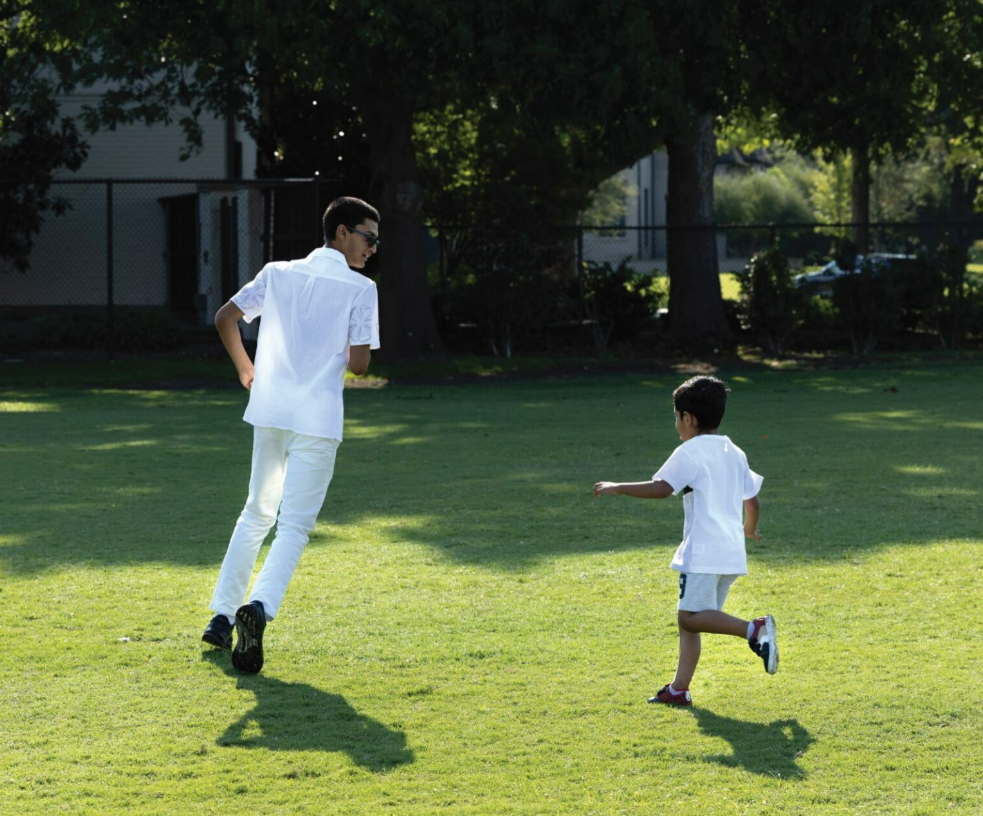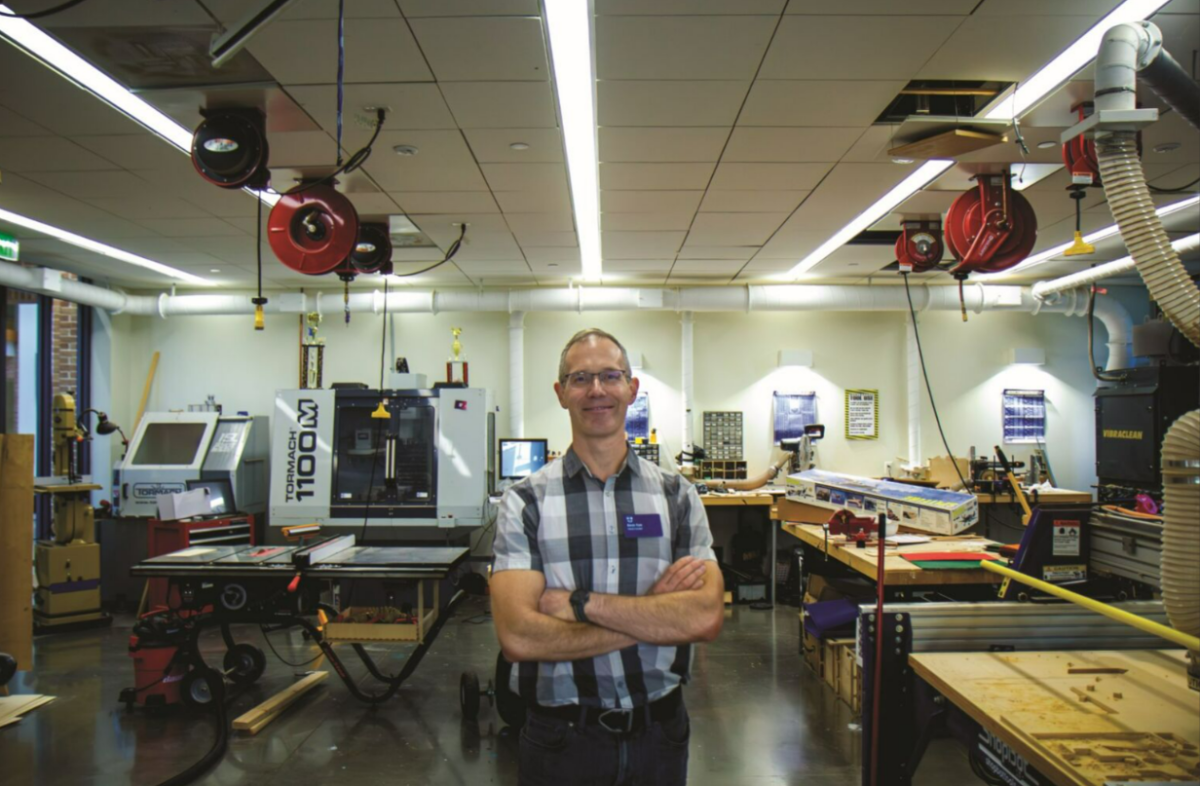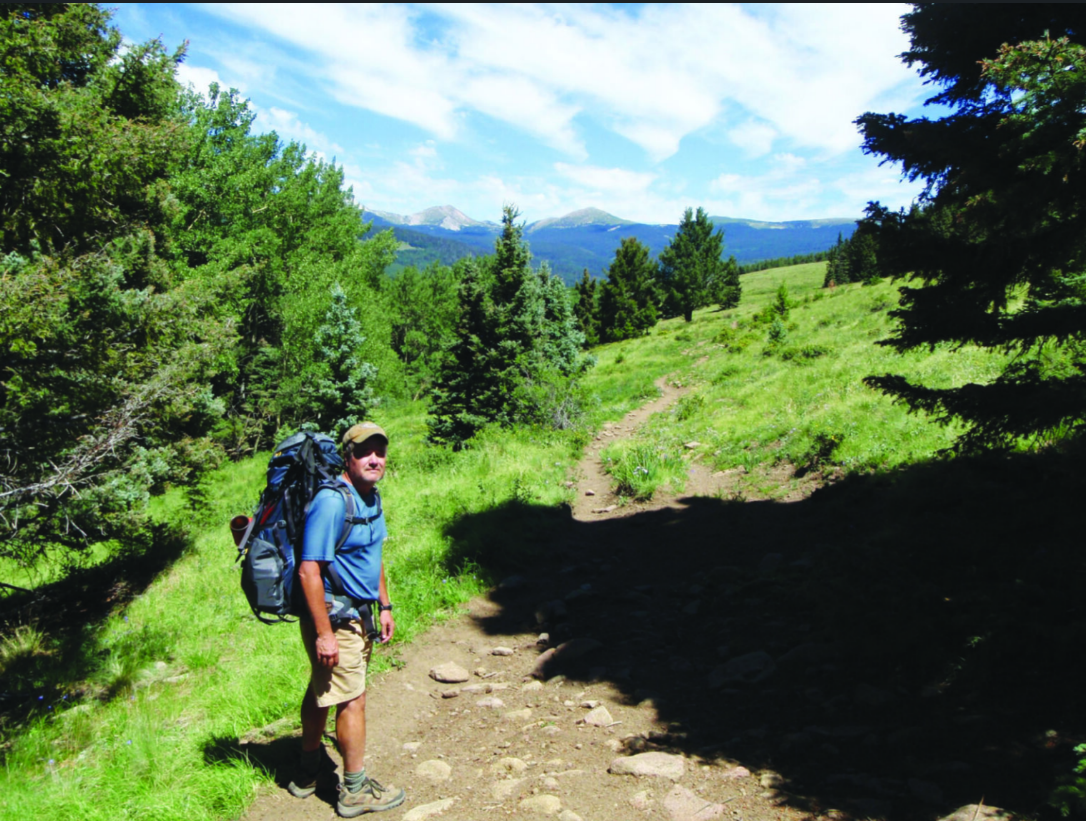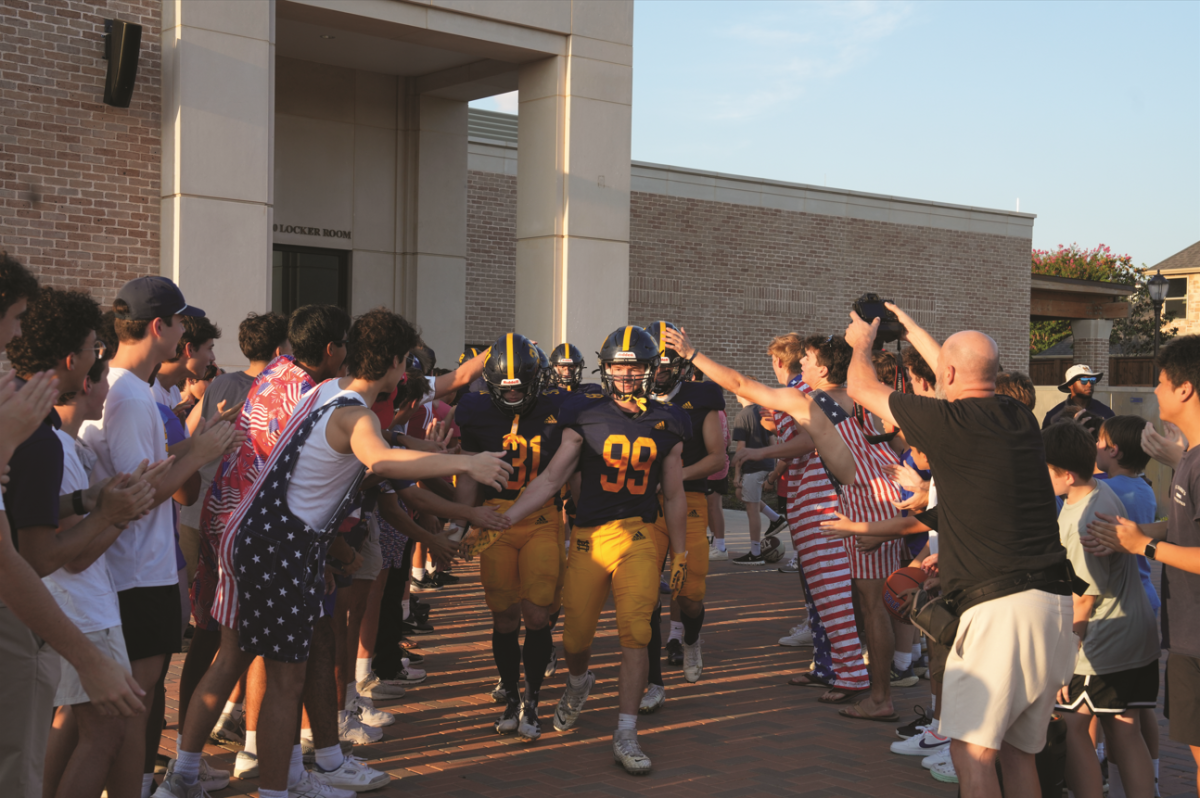In the summers of 2010 and 2011, Makerspace Director Stewart Mayer was invited to film polar bears in the desolate arctic – Churchill, Canada. Known as the polar bear capital of the world, the vast white landscape with the frequent vibrant aurora borealis in the sky became Mayer’s home. Each day he and the team of other cameramen, nature experts and so-called bear guides – trained experts in the landscape and wildlife – would set out and gather footage for a TV show, airing on National Geographic and other Canadian channels.
And spending enough time in the arctic landscape with polar bears and other wildlife left Mayer with countless, unforgettable memories: some wholesome and others adrenaline-filled.
On one day, Mayer and the team set out to shoot footage of the bears as they had done so many other times. Each time they would mount their ATVs from their barbed-wire guarded base with a small runway for planes to land and trek the flat, winterly-barren land. It was rather easy to spot the bears, given the flat picturesque land where Mayer could see for miles in good weather. Once a bear was spotted, the team would simply wait for hours on end. Capturing nature in its unaltered state required the team to seemingly blend in with the surroundings as if they were never even there.
And on this day, this particular bear seemed to notice the crew, but it was different from just a curious bear. While others may have investigated the team for a few moments before losing interest, this bear took a more territorial approach. Even before this, Mayer noticed how the bear looked especially cantankerous; it had a mean countenance, a solitary lifestyle and a beat-up appearance.
Eventually, the bear stalked its way closer and closer to the crew. Not wanting to stir up the over-thousand-pound animal, the team slowly began to back away.
But their evacuation efforts didn’t matter.
The bear got about 50 yards away from the team, a dangerously close distance, given the ferocity and power of the animal they were dealing with. The bear-guides jumped into action.
There are four modes of bear deterrence, each for a different level of severity of the situation. First, the guides threw rocks at the bear, a seemingly laughable yet effective technique. Having no effect on the nearing beast, they then used the bear spray. Again, it had no effect. The guides had two remaining techniques: a fireworks launcher and a shotgun. The shotgun was a last resort technique as none of these guides ever wanted to harm or tamper with the wildlife. As the guides fired off these whistling pyrotechnic shots, the bear continued charging.
Mayer felt a rush of adrenaline yet stayed calm.
And just as the bear guide was almost forced to use the last resort, the bear finally yielded, fleeing from the scene.
Mayer and the crew were in shock and never wanted to experience the same terror again. The team’s understanding and respect for the wildlife only grew after the encounter that had just provided Mayer with a lifelong memory.








